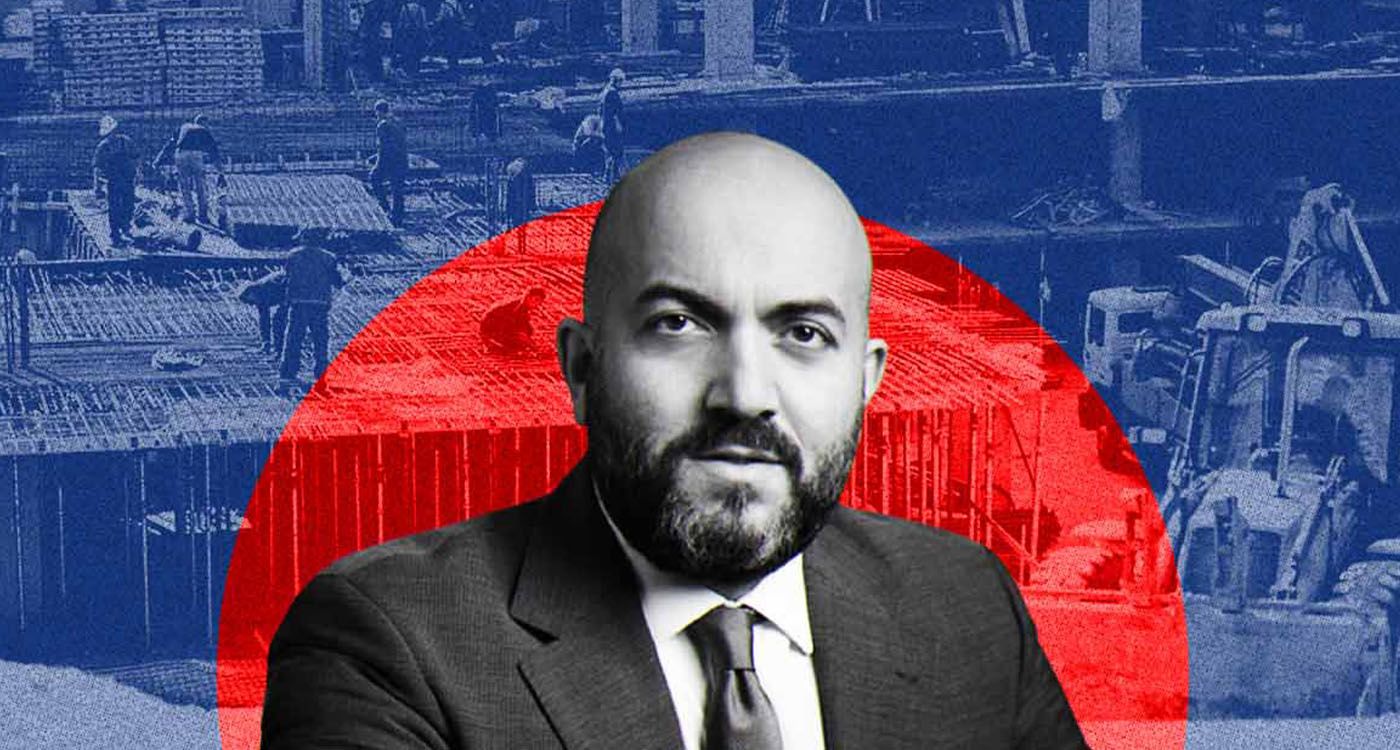
What is the current value of built-up real estate per square meter in Beirut, Mount Lebanon and the rest of the country? A question many Lebanese are asking as the country wavers between war and peace in the wake of a conflict between Hezbollah and Israel that has destroyed more than 22,000 residential units, mainly in Beirut’s southern suburbs and southern Lebanon.
Lebanon’s real estate market is currently defined by a mismatch between sellers’ and buyers’ expectations. While sellers are banking on a price increase, driven by hopes of an economic recovery following the election of a president after more than two and a half years of political deadlock, buyers continue to perceive a stagnant market.
A Divided Real Estate Market
Lebanon’s real estate market is neither in recession nor fully revitalized. Rather than being uniform, it is divided into two main segments. On one hand is the prime location market, which includes properties in central and highly sought-after areas such as Verdun, Ramlet el-Baida, Ras Beirut, Downtown and Ashrafieh, as well as popular destinations like Faqra, Faraya, Batroun and Amshit—the latter two often offering direct access to the sea. On the other hand is the peripheral market, encompassing properties located outside these prime areas.
According to Walid Moussa, president of the Syndicate of Real Estate Agents and Consultants in Lebanon (R.E.A.L.), who spoke to This is Beirut, housing prices in prime locations remain about 20% below their pre-2019 levels, while those in peripheral areas have seen a steeper decline, reaching 35%. He attributes this gap to the weakening purchasing power of residents in peripheral areas, which weighs on demand. The lack of housing loans—typically provided under normal circumstances by commercial banks, the Public Housing Institution and the Banque de l’Habitat (Housing Bank)—has further exacerbated the situation.
In this context, Walid Moussa explains that the gradual adjustment of housing prices in prime locations is not directly tied to the volume of transactions. In this segment, owners of high-end properties tend to raise their prices regardless of demand, as they are not under pressure to sell quickly.
A Real Estate Price Index
When questioned on the topic, Walid Moussa explains that R.E.A.L. has established a housing price evaluation index. This composite index, updated every six months, is calculated based on data provided by R.E.A.L. members through a questionnaire, as well as information gathered from the Dubizzle platform.
This index remains accessible to R.E.A.L. members and is shared with certain partners, such as the mohafazats (administrative divisions in Lebanon), enabling them to assess the rental value of areas under their jurisdiction.
Generally speaking, the valuation of a property is based on three components: one-third corresponds to the cost of the land, one-third to the construction cost, and one-third to the added value achieved. However, this distribution varies depending on the market, location, type of project and other economic factors.
Unprecedented Slowdown in 2024
While the situation remained fragile, the real estate sector continued to show some resilience through the early months of 2024, driven by investor expectations. From 2020 to 2023, this activity was primarily fueled by demand from expatriates and high-income foreigners, attracted by what were perceived as “relatively affordable” prices, with expectations of future capital appreciation, despite the gradual adaptation of the Lebanese economy to new economic realities.
However, this momentum experienced a slowdown with the onset of the Gaza support war in October 2023, before coming to a sudden halt when the conflict between Hezbollah and Israel spread to Lebanon.
Moreover, the growing dollarization of large sectors of the economy and the resulting inflation have excluded a significant portion of Lebanese residents from the real estate market, making prices unaffordable, particularly for those whose incomes are in Lebanese pounds.
59.3% Drop in Real Estate Sales
From January to November 2024, the total value of real estate sales dropped by 59.3%, amounting to $2.5 billion, compared to $6.1 billion during the same period last year. The average transaction value also fell by 74.5%, reaching $78,008 over the first eleven months of 2024. This decline was particularly pronounced in areas such as Beirut, southern Lebanon and Nabatiyeh, where reductions ranged from 70.1% to 81.6%. By contrast, the decline was less severe in North Lebanon and the Beqaa, with decreases ranging from 26.5% to 42.8%. These figures come as no surprise, given that the investment-to-GDP ratio has fallen below 10%.





Comments